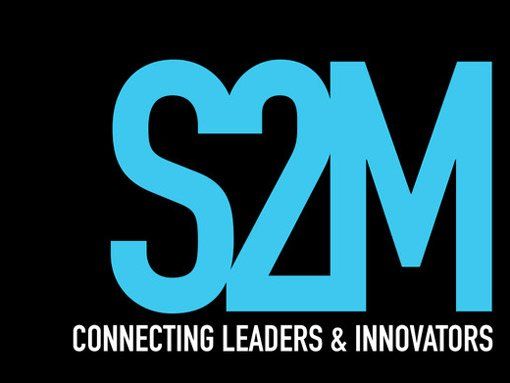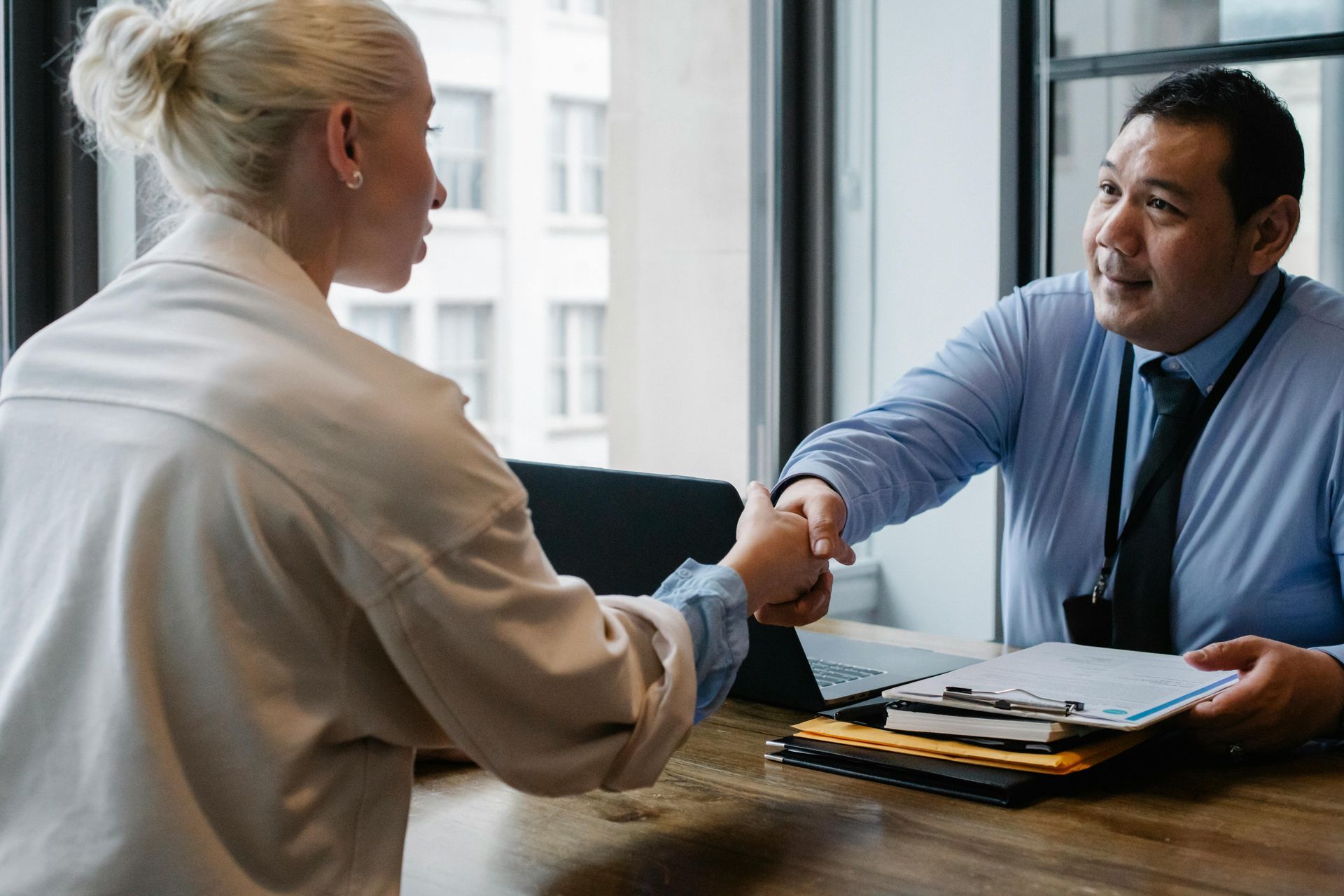3 key trends in UX/UI Design: what employers are looking for
Designers often want to be the ones that are ahead of the game. They want to be edgy and “out there”, but they also need to be practical and functional. In recent years, both UX and UI designers have been faced with a number of new and emerging trends that impact how design is made. In your next UX/UI designer role, you may want to consider including examples of these as part of your portfolio, to increase the chances of landing your next role
1. Video backgrounds are out, hero images are in
In 2015 and 2016, we saw a strong push towards video backgrounds as a lead design element on most landing pages. Even larger organisations such as Airbnb and NAB utilised video background as a design element to increase user interaction upon landing on the site.
The initial thoughts behind video backgrounds was that they could add to that “wow” factor, but the reality was that for the most part they were difficult to execute and plagued with issues. While it was great to be able to showcase elements of the product, most of the time the video would take considerable time to load. In the time that a user would scroll through the page, the intention behind the video would have disappeared.
The big change we see in 2017 so far that has changed since the last few years is the replacement of video backgrounds with hero images. A hero image is a large banner image, prominently placed on the web page. Generally, hero images are placed front and centre to showcase a feature or benefit of the product. Not only do they load quicker, but often produce the same desired result.
2. Sound is back, but not like Myspace
We are all familiar with the days of Myspace, when you would click on a page only to be met with the person or band’s favourite song blasting out your speakers. We would often play the Mission Impossible game to click on the pause button on the song before the inevitable blast.
From this experience, sound design for websites was essentially ruled out, for fear of disturbing the peace of the user experience. However, recently sound has begun to be incorporated back into user experience, as a way of also increasing user interaction.
Many Windows native applications like Spotify and Facebook allow for alert tones for notifications, leading to seamless integration between operating system and site. It’s important to note here that sound design is still a long way away from the Myspace auto-playing songs.
3. Immersive web and building for VR
With VR headsets on the rise, it’s only a matter of time before true VR becomes a reality. In 2017, VR is no longer the marquee draw of the tech world. VR is starting to become a viable form of entertainment and engagement, with both Google and Samsung beginning to shift into the market with the utilisation of phones as the screen.
VR looks to be the next generation of mobile, as users begin to be drawn into the screen more with the headset. Interactions are slowly moving from the two dimensional visual world, into a three dimensional digital one.
Observing these trends in your design portfolios can often lead to better results when looking for roles in UX/UI design. Even if you are just simply aware of them, knowing is the first step to upping your design game. Remember to be on the lookout for any emerging trends for this year!





